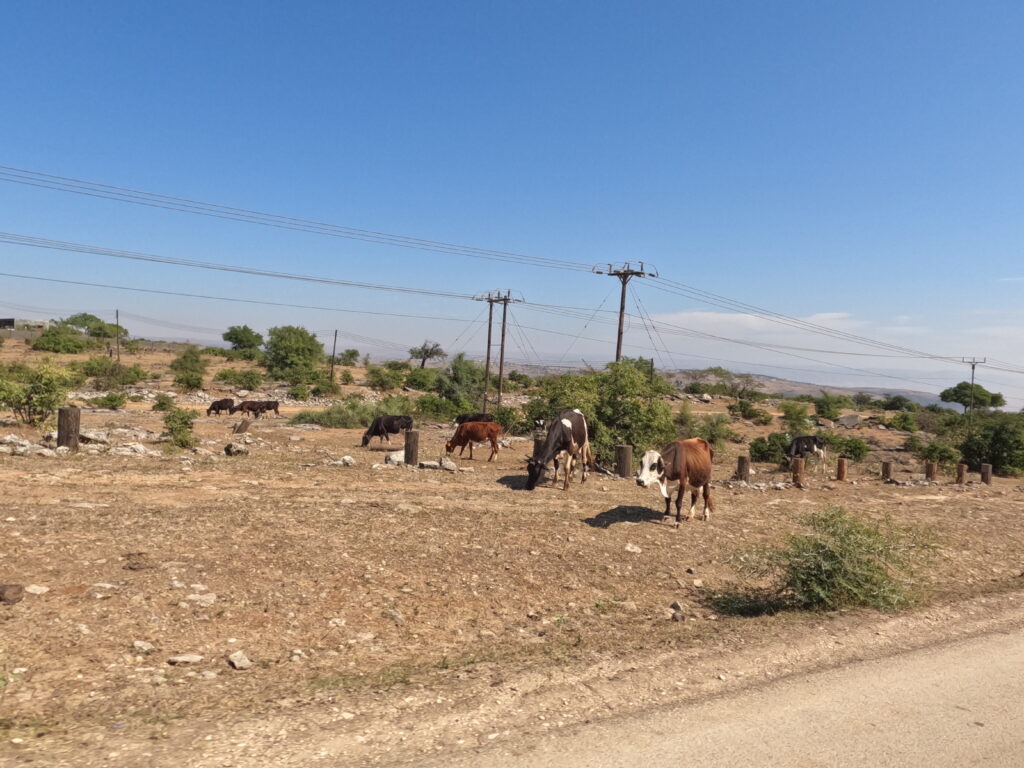
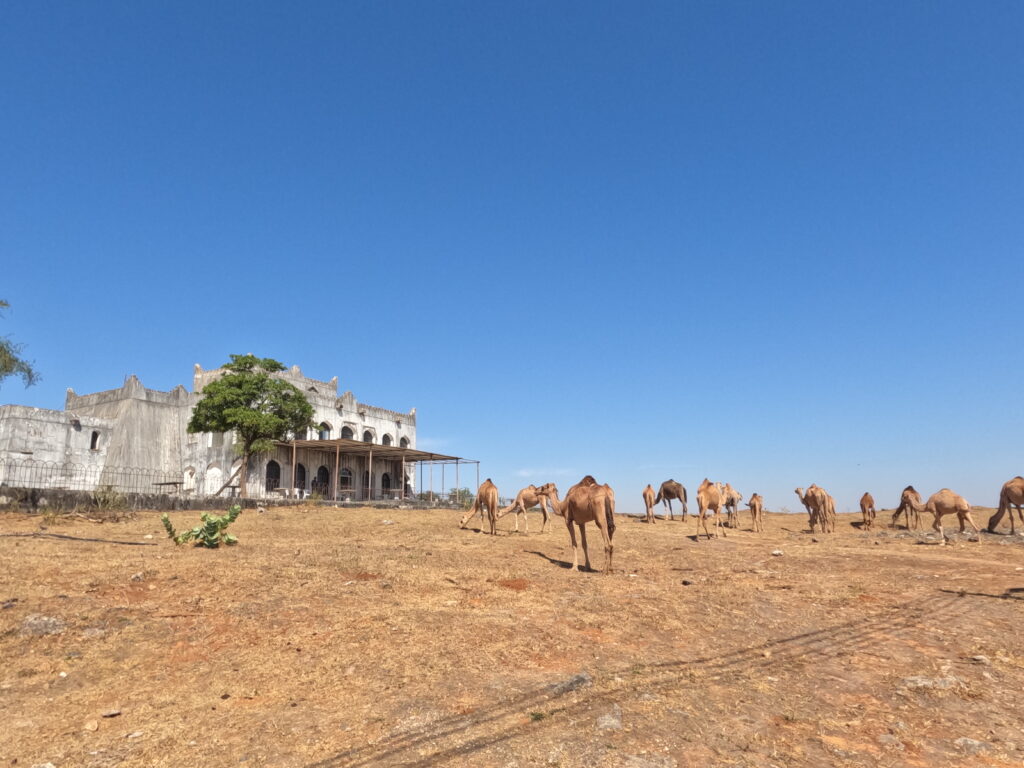
In the north of Oman lies an interesting town. In contrast with the rest of the country, Salalah has a tropical feel and look to it. The reason for this, stems from it’s low temperatures in the hot summer months.
Salalah and it’s neighbouring towns are the only parts of Oman that enters the Monsoon each year. This is in strong contrast to the rest of Oman, where the summer months are dry and hot. Please do not wonder why I am saying “hot” instead of “warm”, temperatures go as high as 58°C in the summer.
If you want to know how this feels, simply place a fan oven on 120°C and open it after 30 minutes. Salalah is also known for it’s beautiful green mountains. These mountains are at their most beautiful during the monsoon, which stretches from June to August each year. When planning a trip to see this, keep in mind that it will be cold and wet.
We visited Salalah in December, which means it was winter and out of monsoon season. We still, however, got to see some rain and waterfalls. Though, it was out of season some waterfalls still had water, sadly not as much as we hoped to see, nevertheless, still worth the visit!
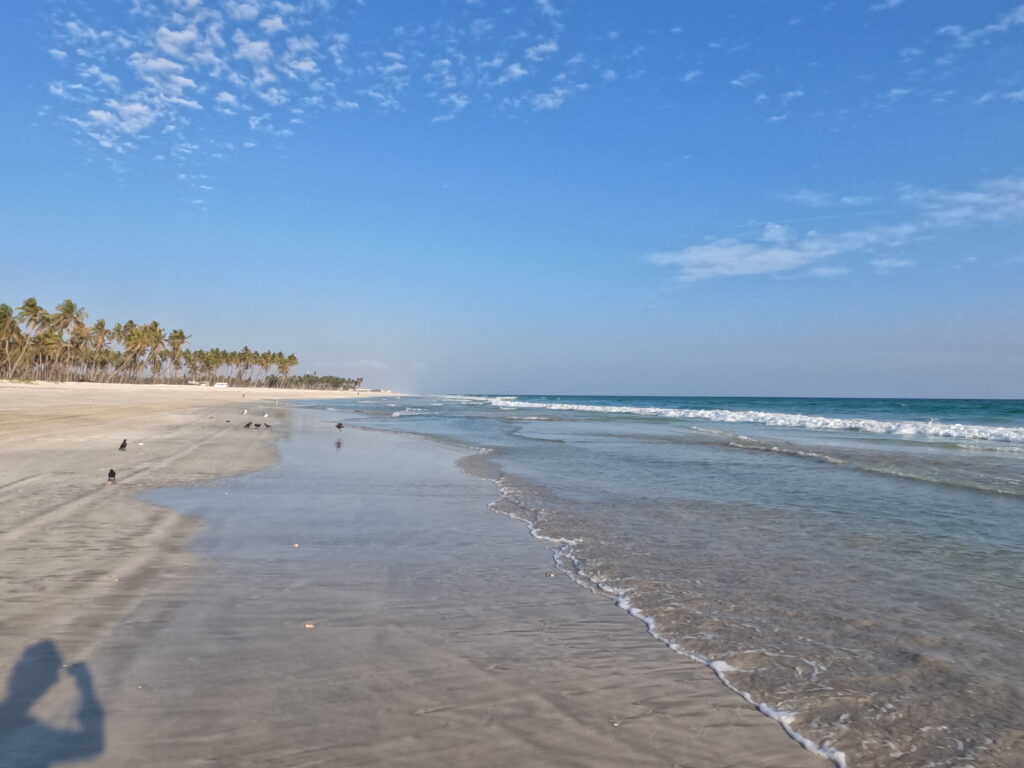
Job’s Tomb
Job’s Tomb lies roughly 30 minutes from Salalah’s city centre. To get there you must drive through the beautiful mountains the town is known for. Though we visited Salalah in the winter, the mountains still had their own charm and beauty. Just a heads up, as you drive through the dips and turns, the roads and the surrounding area were filled with camels and cattle. As the ascension starts, temperatures start to drop and the see turns into a thin blue line in the distance.
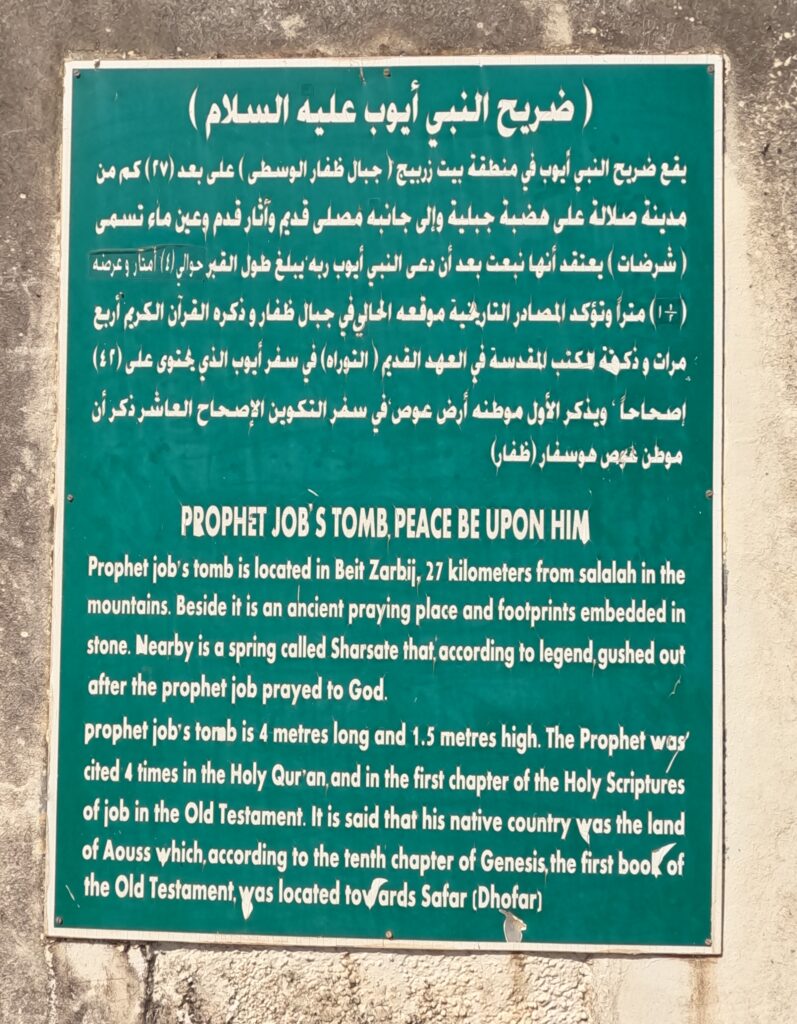
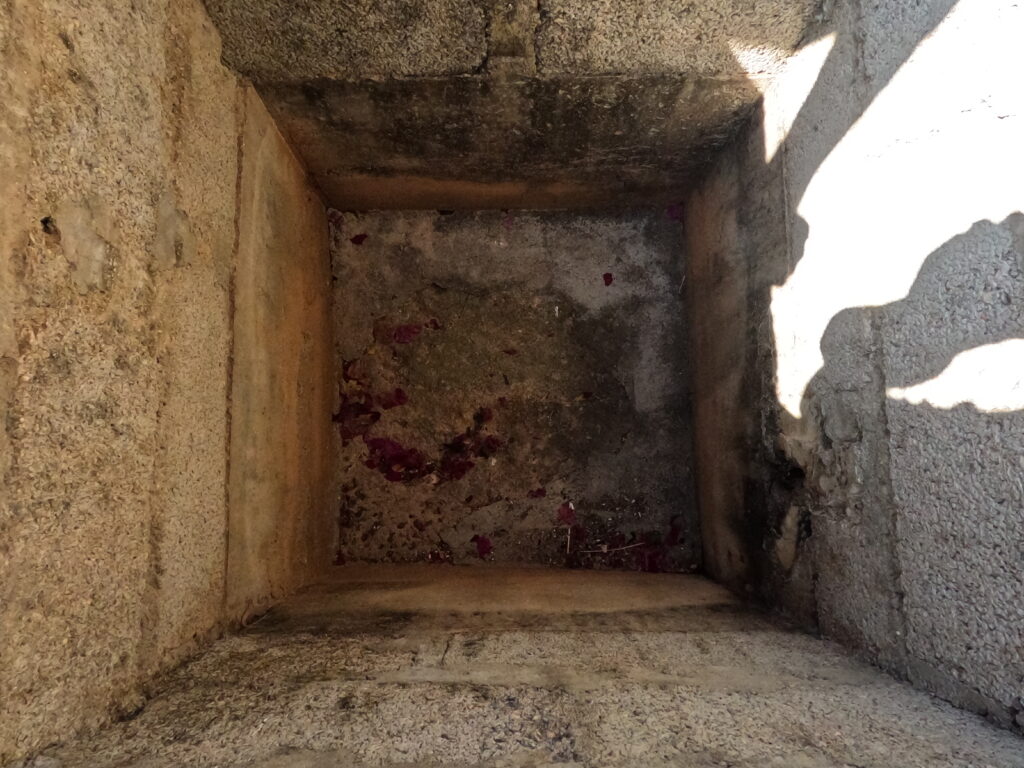
I’m guessing that I took a photo of the imprint based on pure speculation, imagination and because people say that the footprint is there. Furthermore, I cannot really say that the image matches the description that these, so called well informed, individuals provided me with. If you look at the image closely, you’ll see a faint toe somewhere and then a faint heal opposite the toe. Just don’t expect something too clear when visiting the tomb, well the footprint, it’s old.
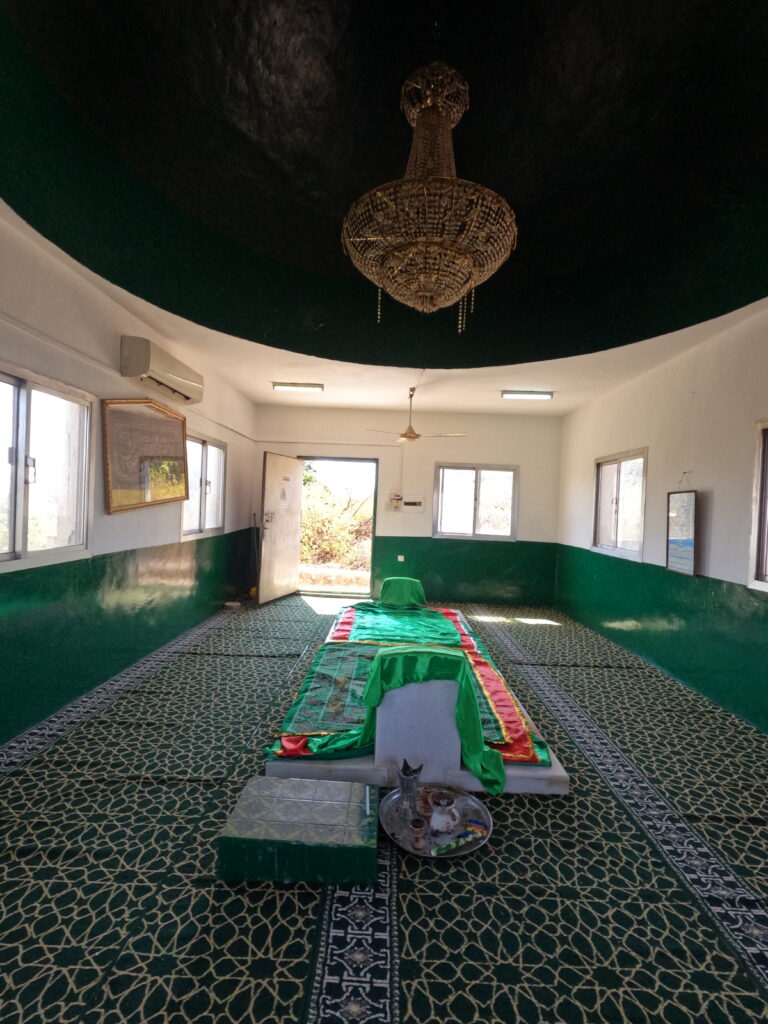
History of Job
Upon doing some, very broadly termed, research, I discovered some interesting information.
We first meet Job in the book of Job, in the Old Testament. Job goes through trials and tribulations as his faith in God is tested and tried. His astounding life makes this tomb all the more interesting.
Chapter 1 of Job states that Job stayed in the land of Uz. Uz is said to be part of the Southern Eastern part of Arabia, however the precise location is still unknown to archeologists. In order to determine whether this is truly the tomb of Job one can only look at the locations mentioned in the Bible.
The first reference, to where Uz might have been, we find in Job 1:3 NIV where it is stated: “He was the greatest man among all the people of the East.”.
As can be seen on the sign outside of the tomb the Bible mentions the district called Sephar. The exact passage in Genesis 10:30 NIV states: “The region where they lived stretched from Mesha toward Sephar, in the eastern hill country”. The “they” to which are referred are the ancestors of the Semites.
One of the sons that lived in Sephar was called Sheba. In Job 1:15 thieves stole animals from Job and killed his workers. These thieves where called Sabeans, in some translations, or just people from Sheba, in other translations. It has been said that Sheba is what we know today as Yemen. Today, Salalah is a 2h30min drive from the Yemeni border post.
Job 1:17 refers to the Chaldeans, who are to believed to have originated from southern Babylonia, known today as the southern part of Iraq1.
Al Haffa Beach
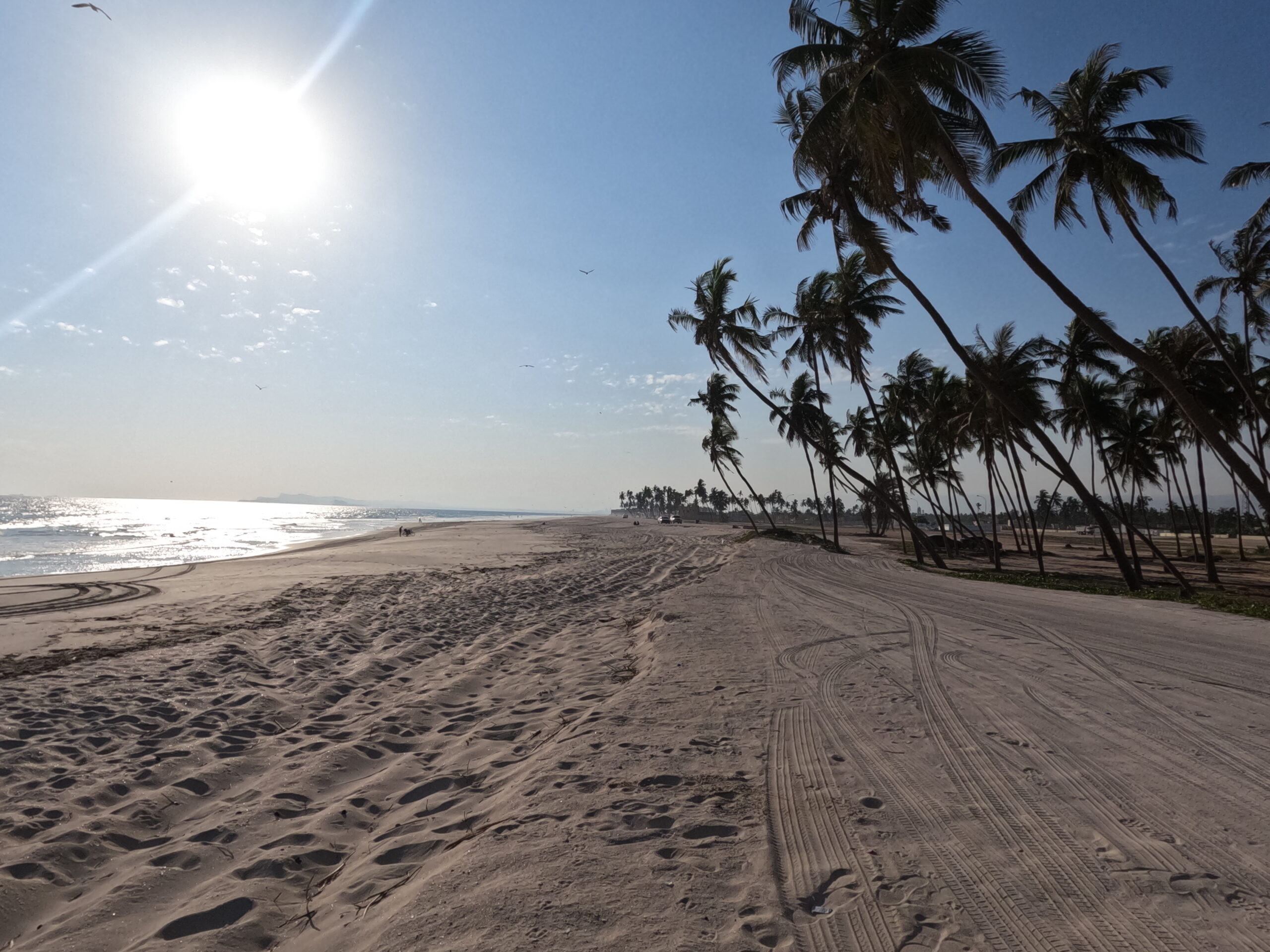
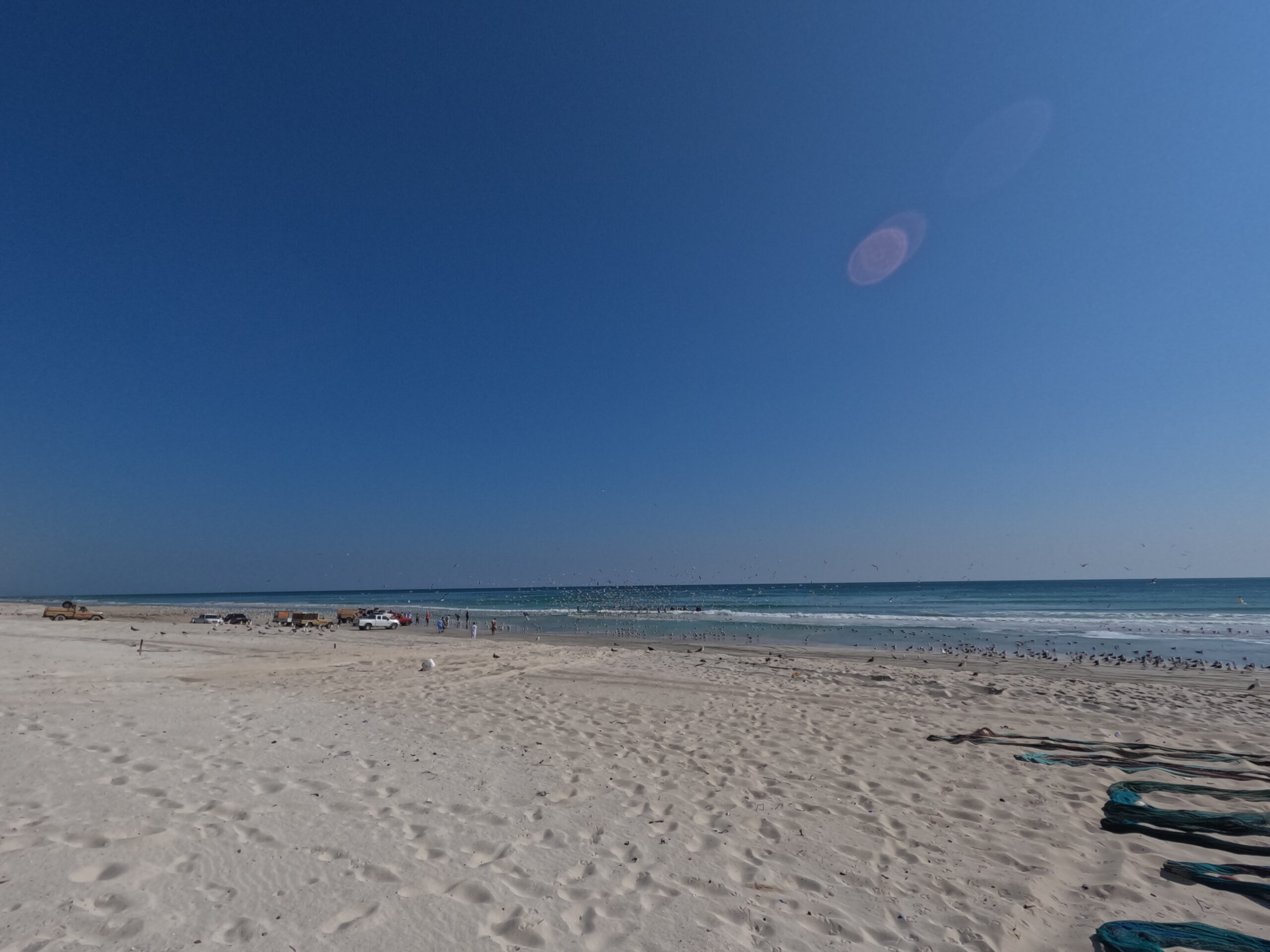
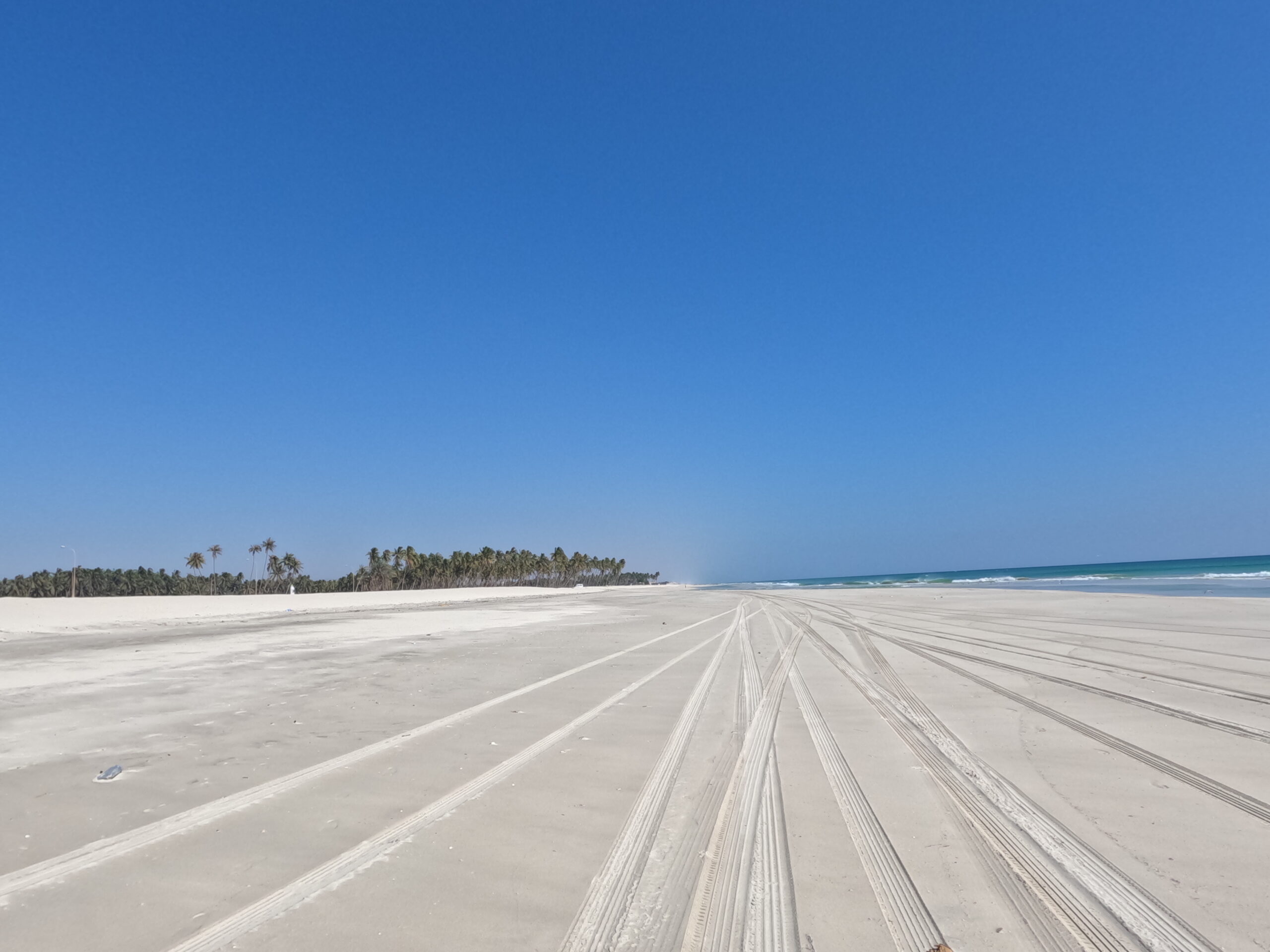
What to expect…
Activities
Al Haffa Beach lies just south of Salalah city centre. With the coconut trees, bright blue water and white sands, it is easy to forget that you are in the middle-east. As inviting the waters are, it is not permitted to swim at the beach, (I’m guessing it is due to the lack of lifeguards) you still have a beautiful view. To get the most of the view I would advise a BBQ or picnic, just make sure the temperatures are in accordance with your activity. If you visit the beach midday, you might be able to see the fishermen bringing their caught fish back to land. The exciting part of this is that the seagulls flock to the area in search of a feast. The seagulls aren’t the only animals that try to lessen the fishermen’s catch, the dolphins also join in on the action. Yes, you read that right, dolphins!
Souq
Next to the beach there is also a nice souq, where you can buy all kinds of souvenirs. If you where looking to buy some of the famous frankincense, this is the place to go. Don’t expect a wide variety of products, as all shops sell the exact same things. You might be able to bargain better with certain shopkeepers, though. An important skill to keep in mind when going to a souq, is to seem interested until you hear the price, they’ll come down with their price almost immediately.
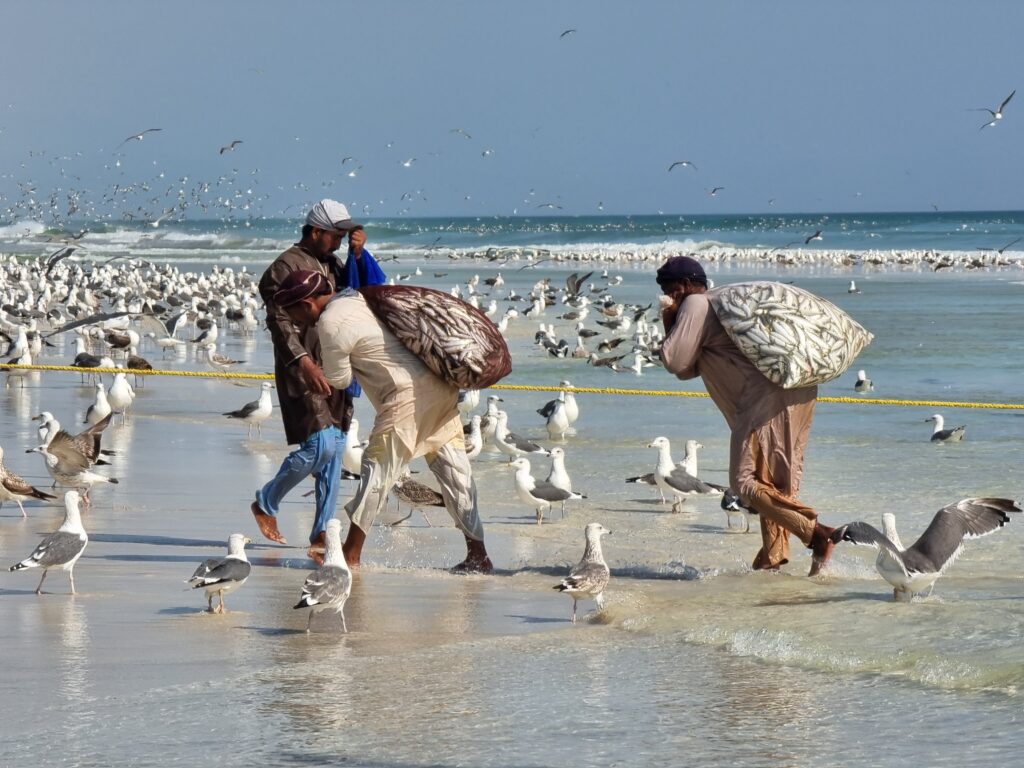
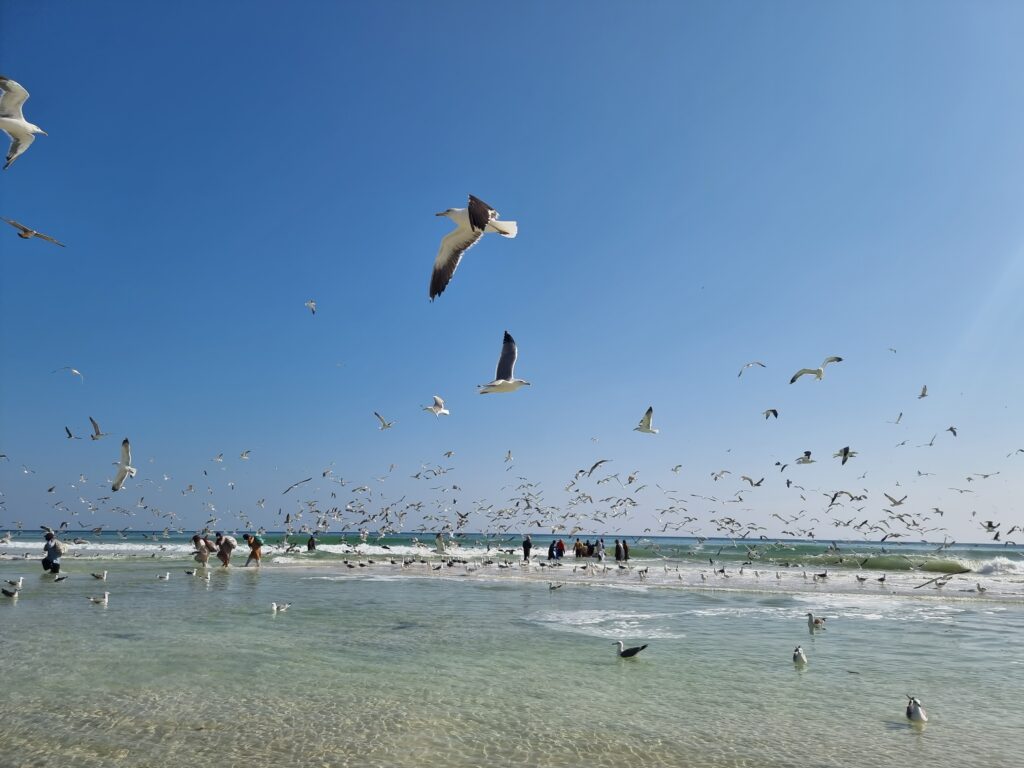
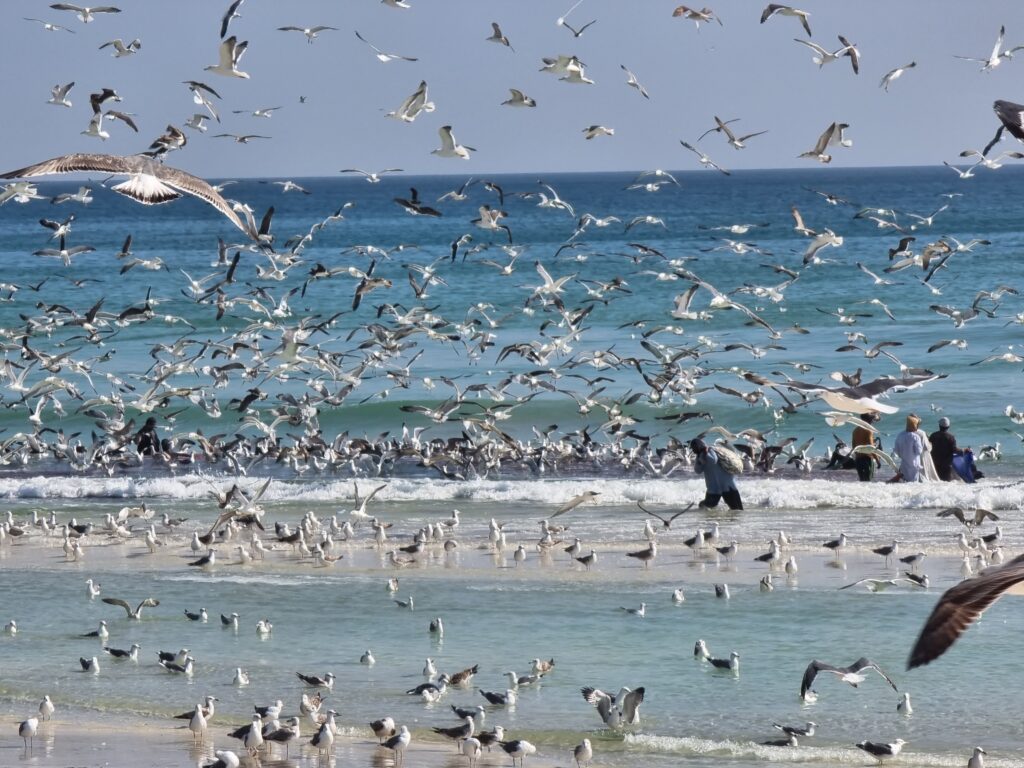
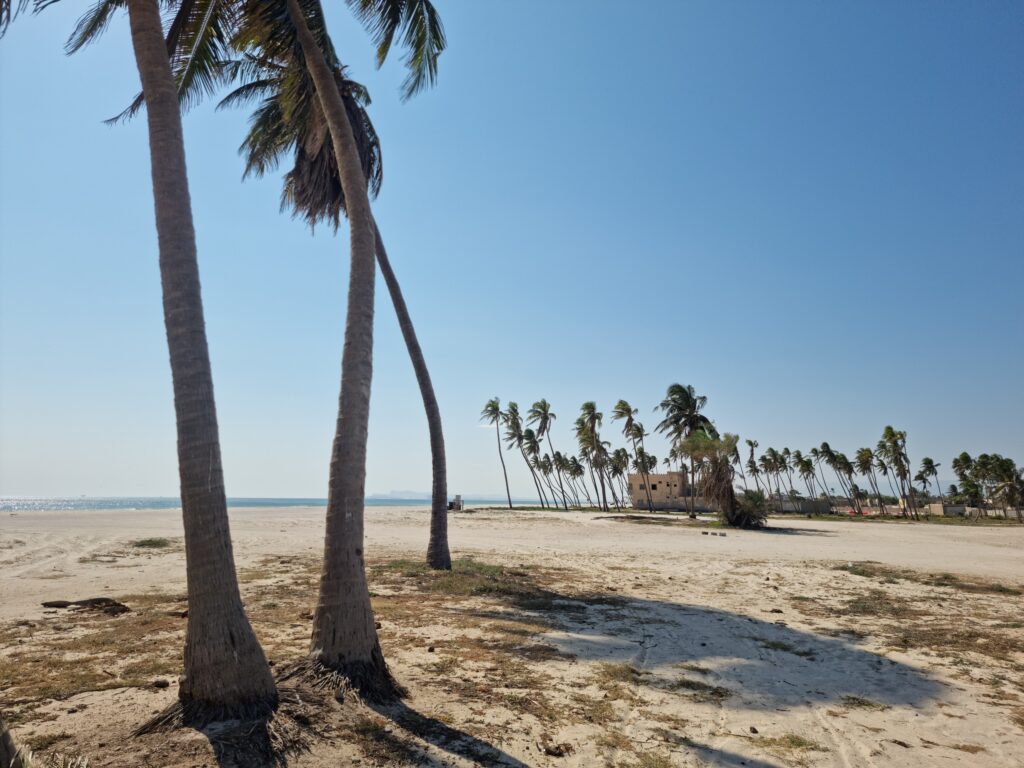
A Wanderer's Diary
2023
Proudly powered by WordPress